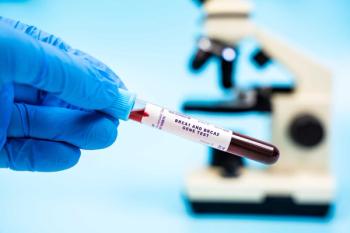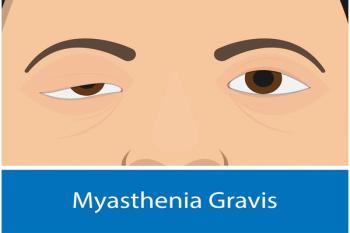
What Can Reduce Cost, Time to Diagnosis in Obstructive Sleep Apnea?
Researchers uncovered that an ambulatory home sleep study device may lead to earlier diagnosis and treatment of obstructive sleep apnea, according to the study findings.
The current optimal mechanism to diagnose obstructive
The researchers sought to expand on associations found in 2013 that exhibited the efficacy of a wrist-worn ambulatory sleep study device, called WatchPAT, in reducing wait times to diagnosis and treatment of OSA. Compared with PSG, WatchPAT was previously shown to have high correlation in sleep indexes, including the apnea-hypopnea index and respiratory disturbance index.
This current retrospective study investigated whether these cost and time benefits observed through WatchPat translated to a tertiary health care setting, with a secondary analysis examining the cost-benefit of an ambulatory sleep study. Participants (n = 1898) underwent diagnostic sleep studies in a single tertiary institution from 2014 to 2017, with 1660 patients undergoing PSG (control) and 238 patients using WatchPat (intervention).
The researchers recorded baseline characteristics and time from ordering of sleep study to prescription of continuous positive airway pressure (PAP). Time to treatment and cost for diagnosis of OSA were also compared between the control and intervention groups with the
As show by the study findings, patients who underwent WatchPat monitoring exhibited a shorter time to diagnosis compared with the control group (21 vs 79.8 days; P < .001) and were prescribed PAP treatment at a faster rate as well (46.3 vs 118.4 days; P < .001). In the secondary analysis, the cost-benefit calculation found that earlier treatment led to cost savings of $1179.50 per patient, highlighting the significance of an ambulatory home sleep study device, such as WatchPat, in promoting earlier diagnosis.
“Third-party payors should consider paying for ambulatory sleep study instead of PSG in suitable patients,” concluded the study authors.
Reference
Phua CQ, Jang IJH, Tan KB. Reducing cost and time to diagnosis and treatment of obstructive sleep apnea using ambulatory sleep study: a Singapore sleep centre experience. Sleep Breath. Published online June 10, 2020. doi:10.1007/s11325-020-02115-z
Newsletter
Stay ahead of policy, cost, and value—subscribe to AJMC for expert insights at the intersection of clinical care and health economics.













































